“The Calling of Saint Matthew” is an oil painting on canvas completed by Caravaggio around 1599. The painting was Caravaggio’s first public commission in Rome, requested by the San Luigi dei Francesi church. It was one of a group of three paintings commissioned for Cardinal Matteo Contarelli’s chapel. The painting depicts an episode of the Gospels in which Matthew, a greedy tax collector, abandons his job to follow Jesus. The scene takes place in a small and dark room. Feeble light filters in through a small window. Matthew is seated at a table, counting money together with four other tax collectors. They are all dressed in modern clothes, those worn in Caravaggio’s day. It was one of the first times a sacred event was set in the present and painted with extreme realism. Two figures – Christ and Saint Peter – enter the scene from the right. They bring with them a ray of light that strikes the men’s faces, hands, and parts of their clothing, while the rest of the scene is immersed in darkness. Jesus points a theatrically extended finger at Matthew, who, in turn, points to himself in amazement, stunned that he has been chosen.
The two younger tax collectors turn to look at Christ, but the importance of the event is lost on them. The others continue to count their coins without so much as looking up. “The Calling of Saint Matthew” marks a turning point in the way Caravaggio used light in his paintings. His previous paintings were “illuminated,” with images that stood out clearly against their backgrounds. There was no contrast, and light was generally diffuse. From this moment on, light in the scenes he painted assumed an active role, penetrating darkness from different angles with violent and dramatic intensity. In “The Calling of Saint Matthew,” light is a symbol of the Divine Grace bestowed on all men. But only Matthew responds to Jesus’ call. It is a pictorial representation of the concept of free will: every man is free to choose whether or not to follow the path to salvation. The painting was first restored in 1939, and again in 1965. X-ray analysis conducted during the restoration found that the figure of Saint Peter was added at a later stage, probably to include a direct reference to the Church as mediator between God and man. The “The Calling of Saint Matthew” is still located in the Contarelli chapel in Rome’s San Luigi dei Francesi church.
The two younger tax collectors turn to look at Christ, but the importance of the event is lost on them. The others continue to count their coins without so much as looking up. “The Calling of Saint Matthew” marks a turning point in the way Caravaggio used light in his paintings. His previous paintings were “illuminated,” with images that stood out clearly against their backgrounds. There was no contrast, and light was generally diffuse. From this moment on, light in the scenes he painted assumed an active role, penetrating darkness from different angles with violent and dramatic intensity. In “The Calling of Saint Matthew,” light is a symbol of the Divine Grace bestowed on all men. But only Matthew responds to Jesus’ call. It is a pictorial representation of the concept of free will: every man is free to choose whether or not to follow the path to salvation. The painting was first restored in 1939, and again in 1965. X-ray analysis conducted during the restoration found that the figure of Saint Peter was added at a later stage, probably to include a direct reference to the Church as mediator between God and man. The “The Calling of Saint Matthew” is still located in the Contarelli chapel in Rome’s San Luigi dei Francesi church.
RELATED
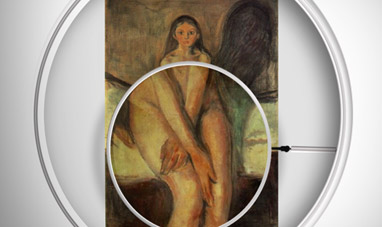

PUBERTY
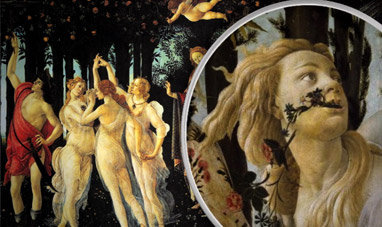

PRIMAVERA


YOUNG BOY WITH A BASKET FRUIT


ROMANTICISM
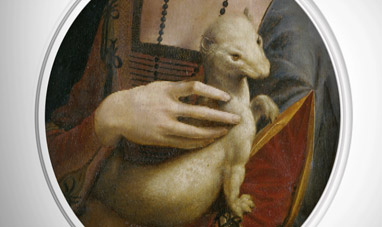

LADY WITH AN ERMINE
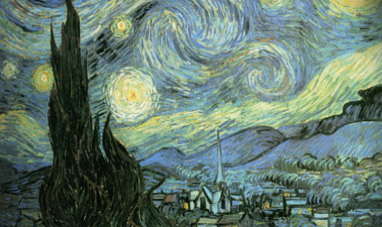

STARRY NIGHT


THE THREE GRACES
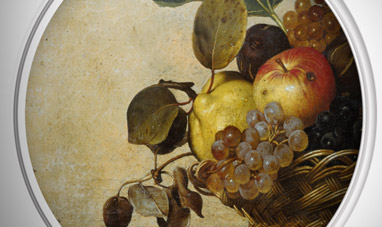

BASKET OF FRUIT
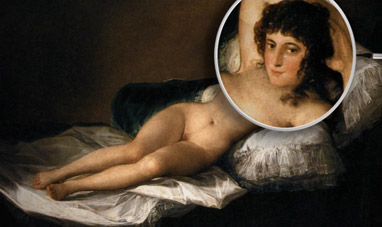

THE NUDE MAJA


THE SISTINE CHAPEL
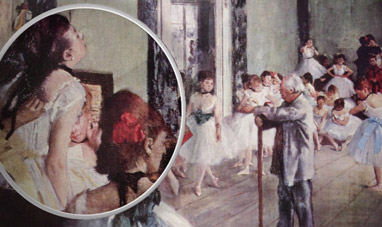

THE DANCE CLASS


THE CRUCIFIX OF SANTA MARIA NOVELLA
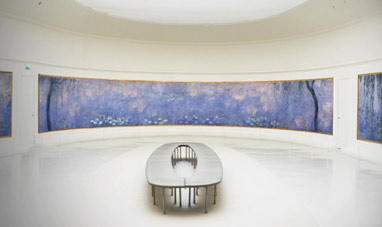

WATER LILIES (SERIES)
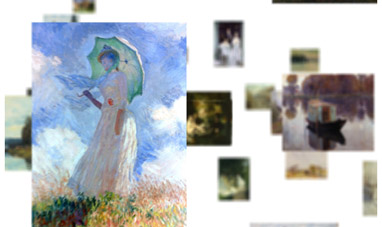

IMPRESSIONISM
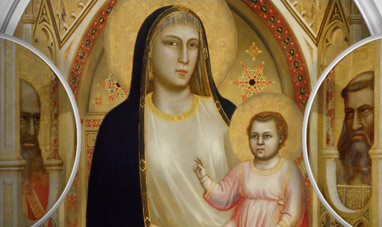

THE MADONNA DI OGNISSANTI
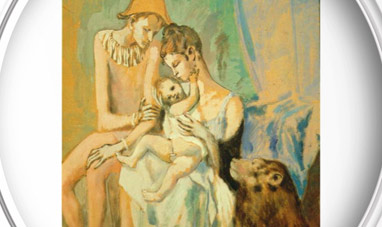

FAMILY OF ACROBATS, WITH MONKEY
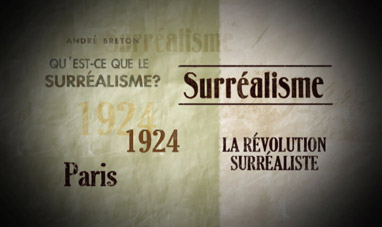

SURREALISM
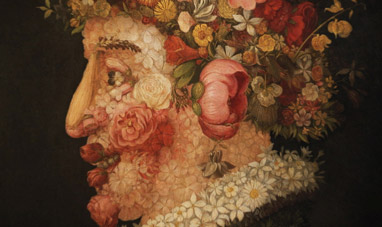

MANNERISM
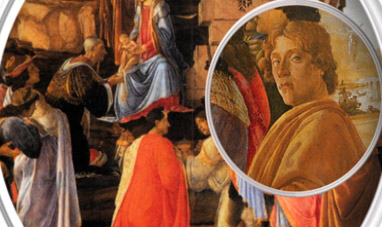

THE ADORATION OF THE MAGI
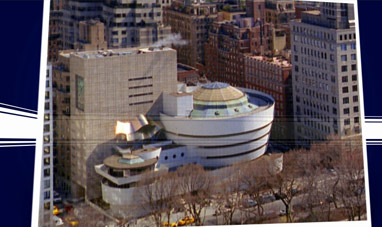

SOLOMON R. GUGGENHEIM MUSEUM
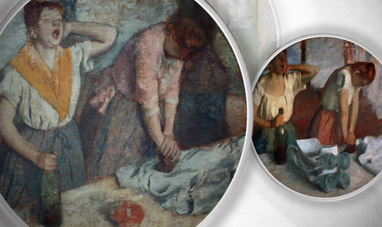

WOMEN IRONING
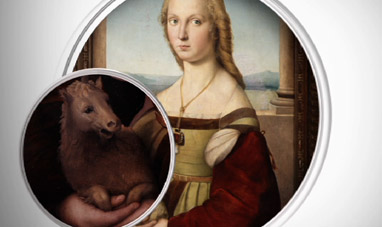

YOUNG WOMAN WITH UNICORN
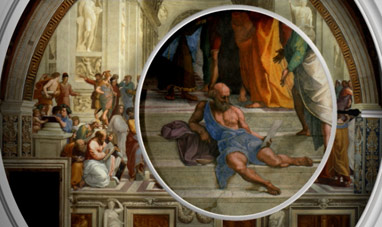

THE SCHOOL OF ATHENS


DREAM CAUSED BY THE FLIGHT OF A BEE AROUND A...
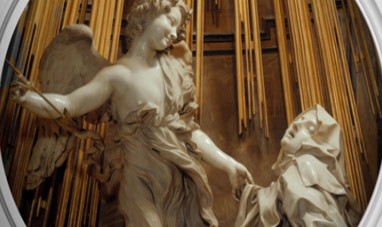

THE ECSTASY OF SAINT TERESA
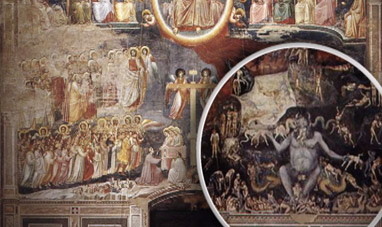

SCROVEGNI CHAPEL


MADONNA OF THE GOLDFINCH
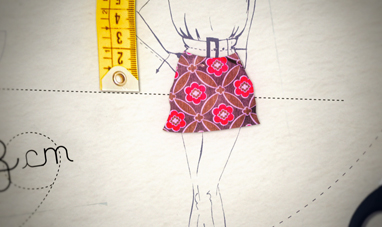

MINISKIRT
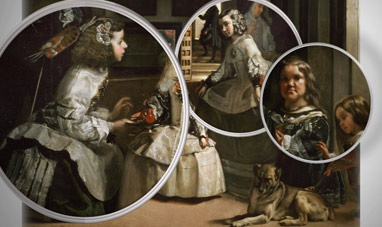

LAS MENINAS
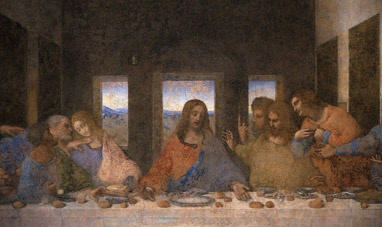

THE LAST SUPPER
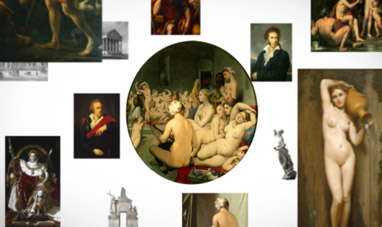

NEOCLASSICISM


BAROQUE
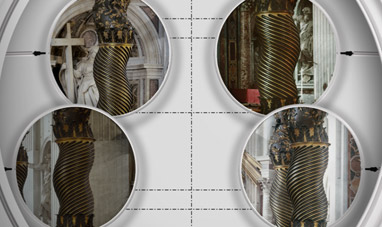

ST. PETER'S BALDACHIN
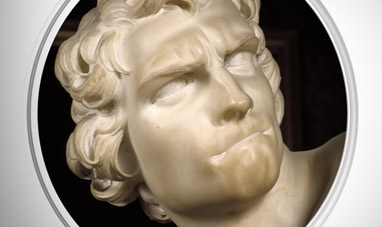

DAVID (BERNINI)
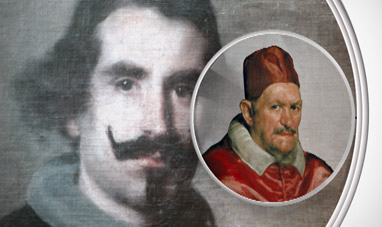

INNOCENT X
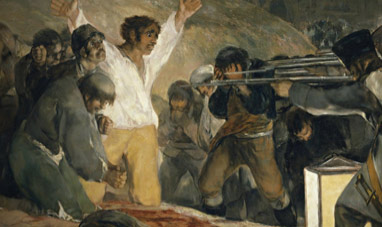

THE THIRD OF MAY 1808: THE EXECUTION OF THE DEFENDERS...
